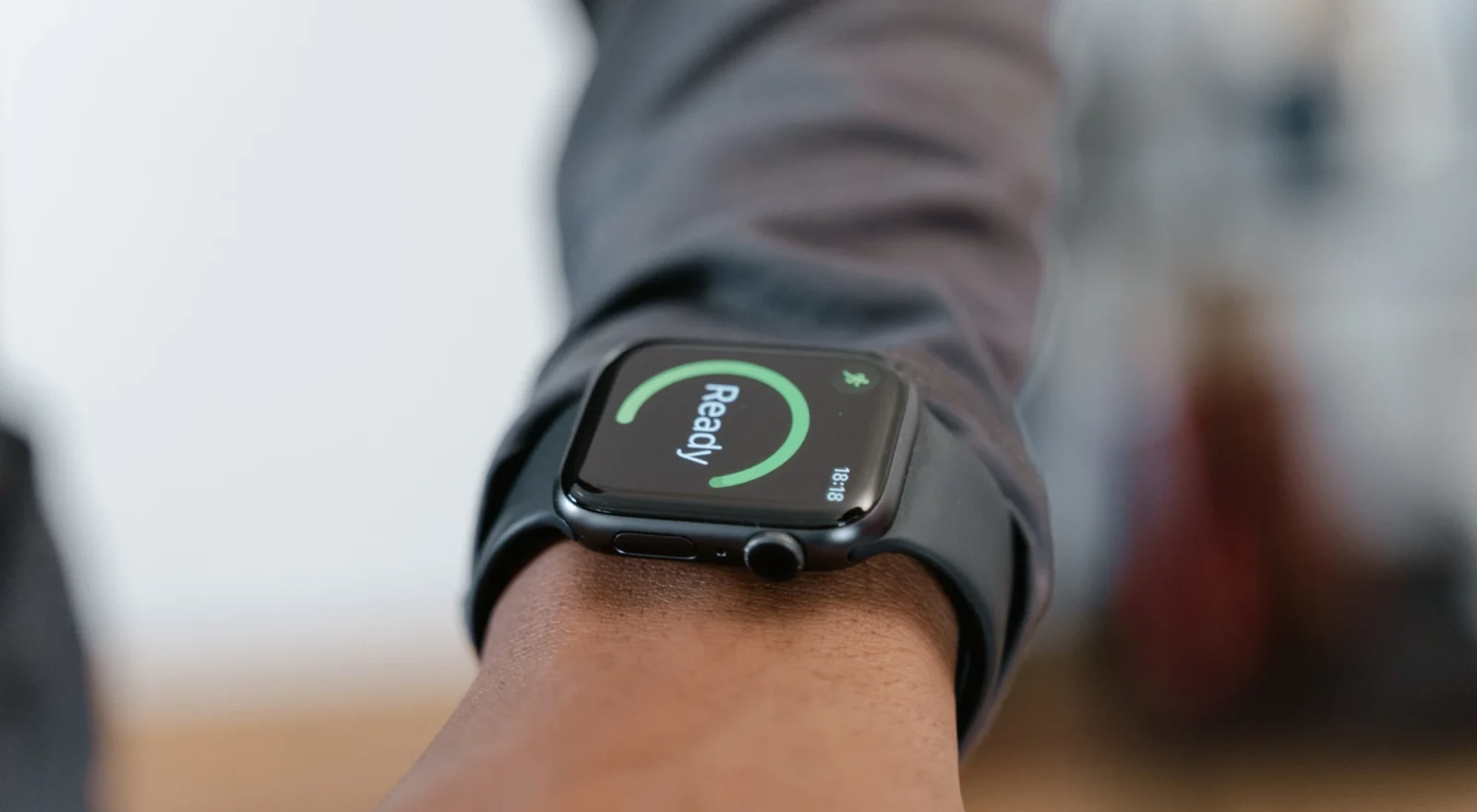2025 ACSM Survey Reveals Shifts Toward Tech and Wellness in Fitness

Survey highlights demand for wearable tech, age-specific programs and mental health-focused fitness, while influencer-led workouts and recovery therapies gain traction
The health and fitness industry continues to stabilize and expand post-pandemic, with a growing demand for fitness professionals expected to increase by 10-14% through 2032. The 2025 ACSM Worldwide Fitness Trends: Future Directions of the Health and Fitness Industry report and survey, released by the American College of Sports Medicine (ACSM), provides an evidence-based overview of the trends likely to shape the industry over the next year.
Since 2006, ACSM’s annual report has highlighted trends from wearable technology to strength training programs, offering insight for gym operators, personal trainers and other industry stakeholders. This year’s data indicates a consistent interest in technology, wellness programs for aging populations, and mental health-focused exercise options.
Wearable Technology & Mobile Apps Continue to Lead
Wearable technology maintains its position at the top of ACSM’s list, reflecting an ongoing demand for tracking devices that monitor health metrics in real time. These tools, ranging from heart rate monitors to GPS trackers, have seen continued use in personal and small group training. Similarly, mobile exercise apps have risen in popularity, moving up to the No. 2 spot from No. 20 in 2023. According to ACSM, these apps support flexible, on-the-go workouts that cater to a variety of schedules and settings.
Programs for Older Adults and Strength Training Gain Traction
As the population ages, programming for older adults is seeing more traction, holding its position at No. 3. ACSM’s data points to consistent interest in fitness options that support mobility and longevity. Traditional strength training, which ACSM notes as a key component in maintaining functional movement, has climbed back to No. 5. Both trends indicate sustained interest in evidence-based, foundational programs that serve diverse fitness needs.
Mental Health in Focus
Programs aimed at mental health rank at No. 8, showing an emphasis on exercise routines that address stress, anxiety and overall mental wellness. ACSM’s survey indicates that these offerings are becoming a standard part of fitness services as clients seek benefits beyond physical fitness. Health and wellness coaching, which combines behavioral science and exercise programming, also remains in the top 10, supporting a more integrated approach to overall health.
New Additions: Influencer-Led Programs & Recovery Therapies
The 2025 survey introduces new trends, including influencer-led fitness programs (No. 12) and hot and cold therapy for recovery (No. 20). Social media influencers are noted for their impact on fitness engagement, particularly among younger demographics. Recovery-focused hot and cold therapies, such as sauna and cryotherapy, have also seen increased attention as facilities explore broader wellness offerings.
Global Trends: Fitness as a Health Measure
ACSM’s survey includes data from global respondents, presenting a wider view of industry shifts. While wearable technology ranks high in the U.S., it appears lower in some regions, possibly due to financial constraints. Consistently high rankings for fitness programs for older adults, mental health initiatives, and weight loss exercise across regions reflect a growing emphasis on making fitness accessible and health-oriented. Functional fitness and lifestyle medicine are also gaining traction internationally, indicating a shift toward fitness as a preventative health measure.
As these trends emerge, they point to broader industry changes toward more personalized and accessible options for diverse client needs. The findings offer a snapshot of where the industry may be headed, giving professionals a data-based look at evolving client expectations and priorities.
Want to learn more about what the tech and wellness revolution? Download ATN’s Technology & Innovation Outlook 2024.



